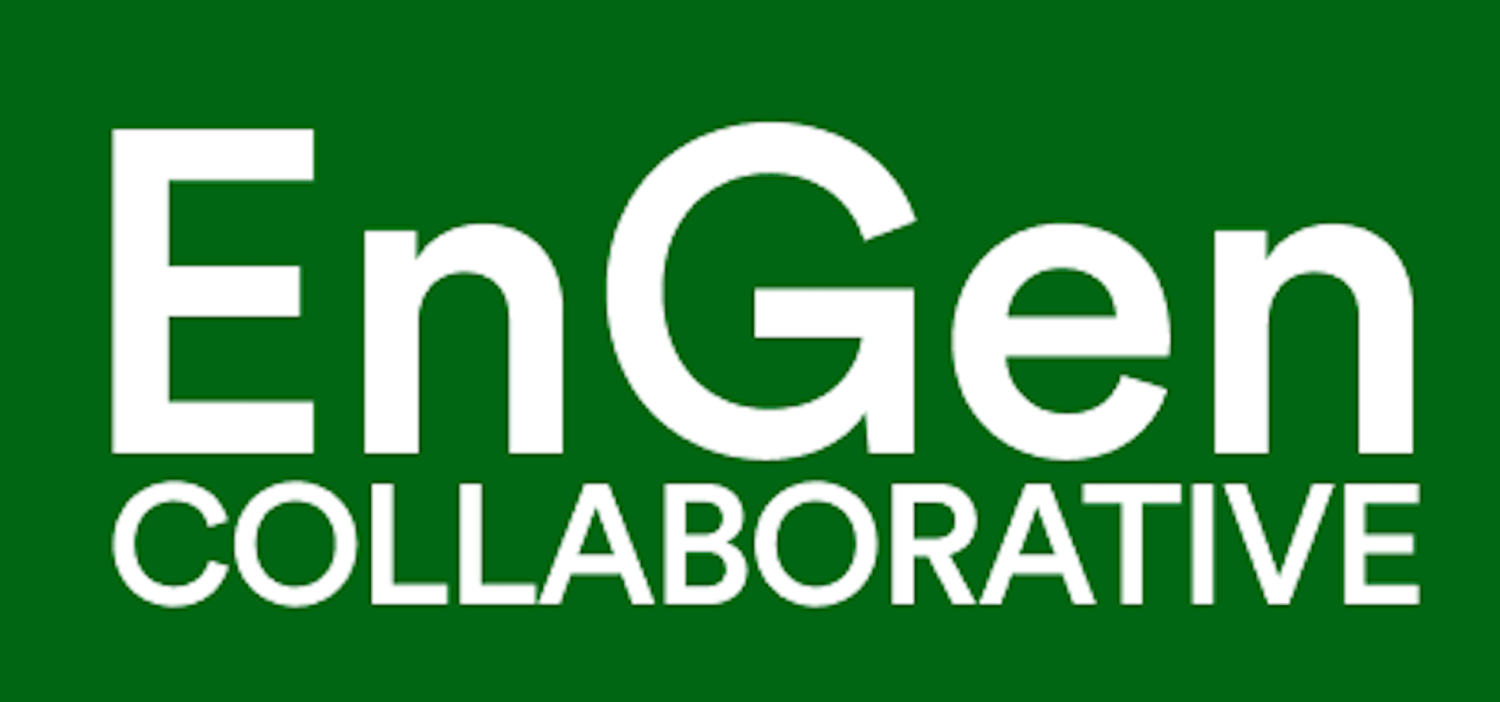Where are we now? Trends from gender assessments in 2020
Amidst the context of a global pandemic, environmental organizations and programs looked to the opportunity to review, analyze and evaluate their progress toward advancing gender equality. This is not a new process, but 2020 seemed to provide a space for reflection and time to review the results. We are hopefully optimistic a silver lining to the year will be redesign based on the evidence for strengthening equity and justice in climate and environmental policy, planning and programming.
As we conducted reviews of different scope and scale, we found similar threads shared across this space of gender+environment/climate. We identified multiple strengths and successes, along with persistent challenges, but find there are opportunities and entry points moving forward to enhance gender equality in environment-related initiatives.
Generally, there is increased attention to, and recognition of, the need to integrate a gender-responsive approach from design and planning phases, into implementation, and through monitoring, evaluation and learning (MEL). The political interest and need for integrating gender is well documented through existence of climate policies and instruments at all levels (international to sub-national) integrating gender, or gender policies and programs increasingly including climate change issues and impacts. International frameworks and now donors, more recently, are driving this shift with mandates for institutions and/or for specific projects. This has necessitated increased action by institutions, which has coincided with hiring of gender specialists working in specific sectors to support broadly across an organization, or consultants to conduct a variety of short-term, targeted projects to ensure that gender-equality mandates are meaningfully addressed.
This increased recognition and action coincides with realization of financial resources allocated for these processes and projects. However, our assessments and wider research indicate the allocation of financial resources is not entirely sufficient, nor consistent. Funding for gender in environment and climate initiatives is still done largely as an add-on. This is found to limit the approaches and inputs of teams working to mainstream and prioritize gender, affecting long-term impact of this work in substantive policy and programming. It does, however, still provide an entry point for small targeted support, analysis or evaluation—it needs to start somewhere!
Linked with this, the challenge remains to channel financial resources to grassroots level activities on gender equality and climate resilience—specifically to grassroots women’s organizations and campaigns. This is being mobilized, but not nearly at the scale and ambition necessary, ignoring evidence that this is a critical component to community and country action and adaptive resilience. Emerging, however, in climate planning is an emphasis on gender-responsive budgeting in national budgets and public financial management systems; this will be an area to monitor as more climate financing rolls out at national and sub-national level.
Capacity building is both a success and a challenge.
Increased capacity with understanding and tools for application of gender equality principles and practices has been a direct outcome of these aforementioned strengths and outcomes. Along with the decade(s) of research and advocacy led by women’s rights organizations and experts in the climate field, institutions and specialists now are equipped with policy and guidance for strengthening work at the nexus of gender+environment.
In institutions and national planning, the recognized need to advance gender-responsive approaches exists, but, while increasing, human capacity remains a barrier to more robust integration and impact—in regard to time and people available and dedicated to these issues. This poses opportunities and entry points for increasing capacity with stakeholders and practitioners focusing on climate/environmental issues or gender equality:
Climate and environment entities continue to request technical support on the “how-to” mainstream gender.
And gender machineries and women’s organizations consistently express limited knowledge and human resource capacity to engage and address the still-nascent-to-them climate change sector issues—with of course limited earmarked budget to expand programming.
One facet that we have found to be increasing is initiating (or considering) MEL frameworks with indicators that are tracking gender-responsive and socially inclusive processes and outcomes. We found that not only quantitative but also qualitative monitoring is being incorporated into MEL to measure such outcomes, underscoring the importance of evaluating complex, interrelated systems and dynamics, such as gender equality. This is a positive step in expanding beyond sex-disaggregated data collection, a necessary component, but not the end goal to inform planning and implementation. With (slowly) increasing information about best practices for monitoring and evaluating gender-responsive processes and outcomes, these lessons can be incorporated into further capacity building efforts for those seeking advice on how to plan, implement, and learn from gender-responsive programming.
We noted across assessments (and our work this year more broadly) positive shifts recognizing justice, inclusion, and intersectionality are key to address the climate crisis, particularly with increasing focus on women, youth and differently-abled persons. The global situation of COVID-19, held up a magnifying glass on national and local contexts as inequitable social dynamics and systems of oppression exacerbated the risk the most-marginalized and underprivileged communities and groups face—just as the climate crisis has and will continue to do as well. The realization that these crises are interlinked and compounded by one another has prompted more urgent discussion, representation and action on the need for diversity, equity and inclusion. Along with this comes the urgency to act, knowing that it will take dedicated work to make a reality that is better.
These trends demonstrate increased recognition and action we need to build upon, while addressing the challenges that exist with measured input and approaches. We will continue to monitor and assess progress, and we look forward to meeting these challenges with a strengthened intersectional justice approach across policy, planning and implementation. We at EnGen recommit to this across our work with our communities and through collaborations for systemic and transformative change.
